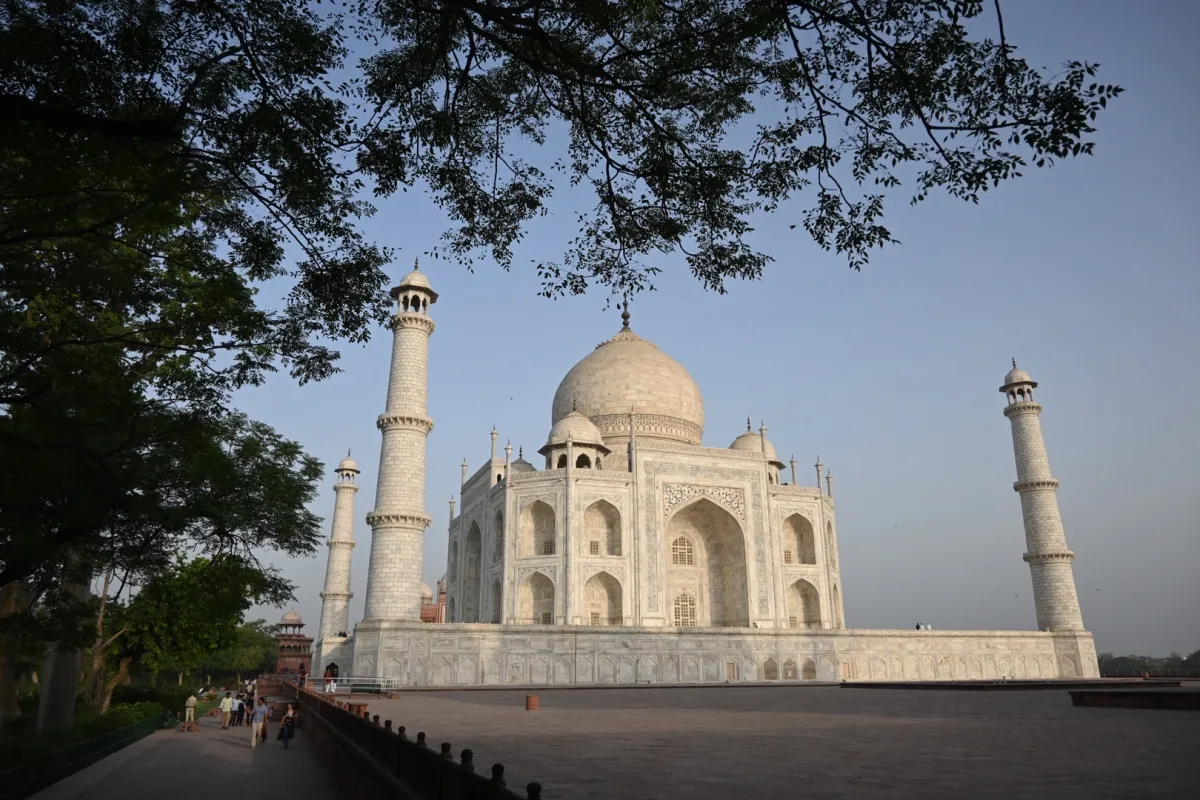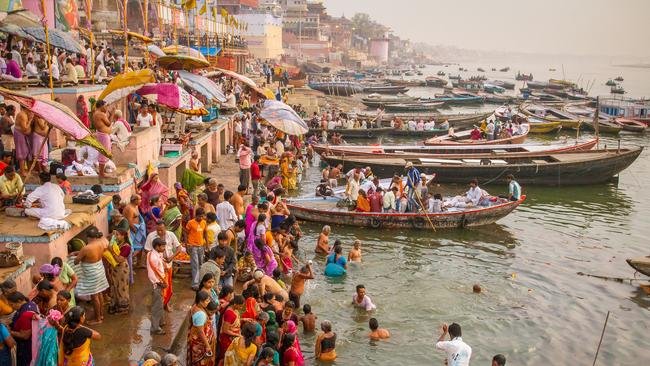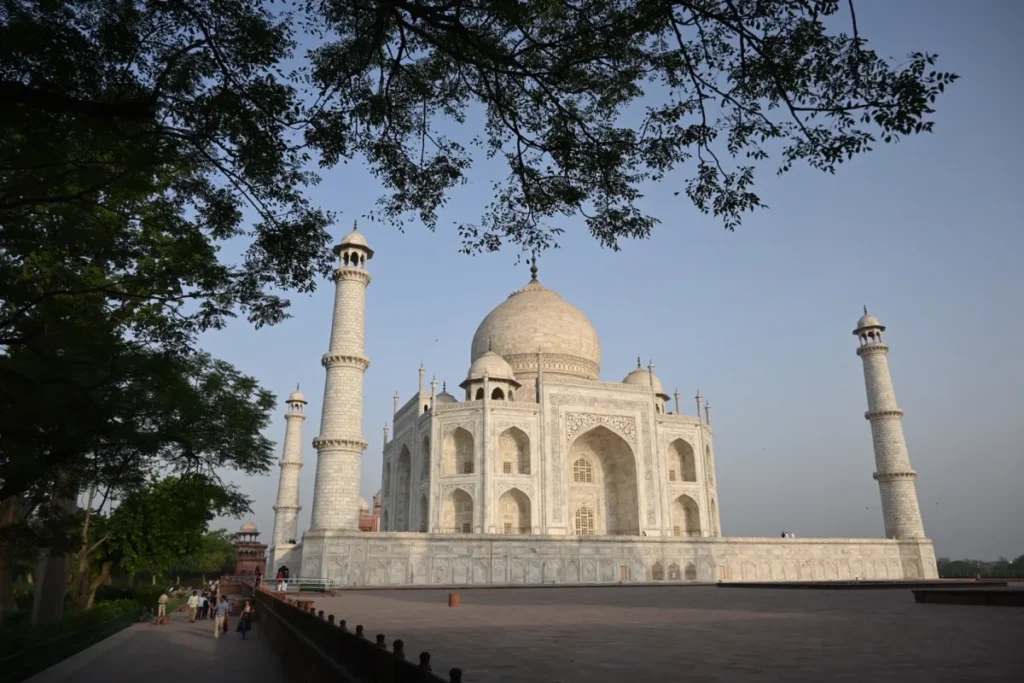Dreaming of vibrant markets, beautiful temples, and the incredible landscapes of India? Whether you’re exploring the bustling streets of Delhi, relaxing on the beaches of Goa, or taking in the stunning views of the Himalayas, India is a country full of life and adventure, and the best part is that you can experience it all without breaking the bank.
At TravelGlitter, we’ve put together a travel plan that will let you experience India in the most exciting (and affordable) way possible. Here’s how you can get started:
1. Fly to India
Flying to India is easy, and there are many affordable options. Keep an eye out for budget airlines and seasonal discounts that offer great deals on flights to major cities like New Delhi, Mumbai, or Chennai. The earlier you book, the better your chances of scoring a budget-friendly ticket.
2. Best Time to Visit
India’s diverse climate means there’s no bad time to visit, but the best time for a comfortable trip is between October and March. The weather during these months is cool and dry, perfect for exploring the country’s many wonders. Avoid the summer months (April to June) if you’re not a fan of the heat – temperatures can soar to over 40°C in many regions.
3. Must-See Destinations
- Taj Mahal (Agra): One of the world’s most iconic monuments, the Taj Mahal never fails to impress. While tickets can be a bit pricey, it’s definitely worth it for the breathtaking beauty and history.
- Jaipur: Known as the Pink City, Jaipur is home to stunning palaces, forts, and vibrant markets. Don’t miss the Hawa Mahal and Amber Fort.
- Goa: For a laid-back beach vacation, Goa is your go-to destination. With its relaxed vibe, great seafood, and beautiful coastline, it’s easy to unwind here without spending a fortune.
- Kerala: Head to Kerala for a mix of nature, culture, and adventure. Known for its backwaters, beaches, and hill stations, Kerala offers both relaxation and exploration at affordable prices.
- Rishikesh: If you’re into yoga or adventure, Rishikesh offers everything from peaceful retreats to white-water rafting.
4. Where to Stay
India offers a wide range of accommodations to suit all budgets. From budget hostels and homestays to luxurious hotels, there’s something for every traveller. Booking ahead can save you money, especially in tourist hotspots like Rajasthan and Goa. Airbnb is also a great option if you’re looking for a more local experience.
5. What to Eat
Indian food is one of the highlights of any trip, and you don’t need to spend a lot to enjoy delicious meals. Street food is abundant and affordable, offering everything from samosas to chaats. For something more filling, try the thali – a platter with a variety of dishes that will fill you up for a very reasonable price. Remember, the best food often comes from small, local joints, so don’t be afraid to try something new!
6. Getting Around
Public transportation in India is affordable and accessible. You can travel by train, bus, or rickshaw, but for a more comfortable journey, try Uber or Ola in major cities. If you’re planning to travel between cities, trains are a great option – they’re inexpensive, scenic, and offer a chance to meet locals.
7. Top Tips for Saving Money
- Plan your trip during off-peak seasons to avoid inflated prices and crowds.
- Use local transport instead of taxis to save money.
- Negotiate prices at markets – it’s a common practice in India, and you can often get a great deal.
- Stay hydrated – especially in the heat! Buy bottled water or carry a reusable water bottle with you.
8. What to Pack
India is diverse, so pack according to the regions you’re visiting. If you’re exploring the north, pack layers for cool evenings in the mountains. In the south, light, breathable clothing is ideal. Don’t forget sunscreen, a hat, and comfortable shoes for exploring!
Final Thoughts
India is a destination that offers rich culture, stunning landscapes, and unforgettable experiences. With a little planning, you can enjoy everything this incredible country has to offer without spending a lot. From the moment you fly to India, you’ll be immersed in an adventure that will leave you with memories to last a lifetime.
Ready to explore India? Start planning today, and get ready to make your dream trip come true!



